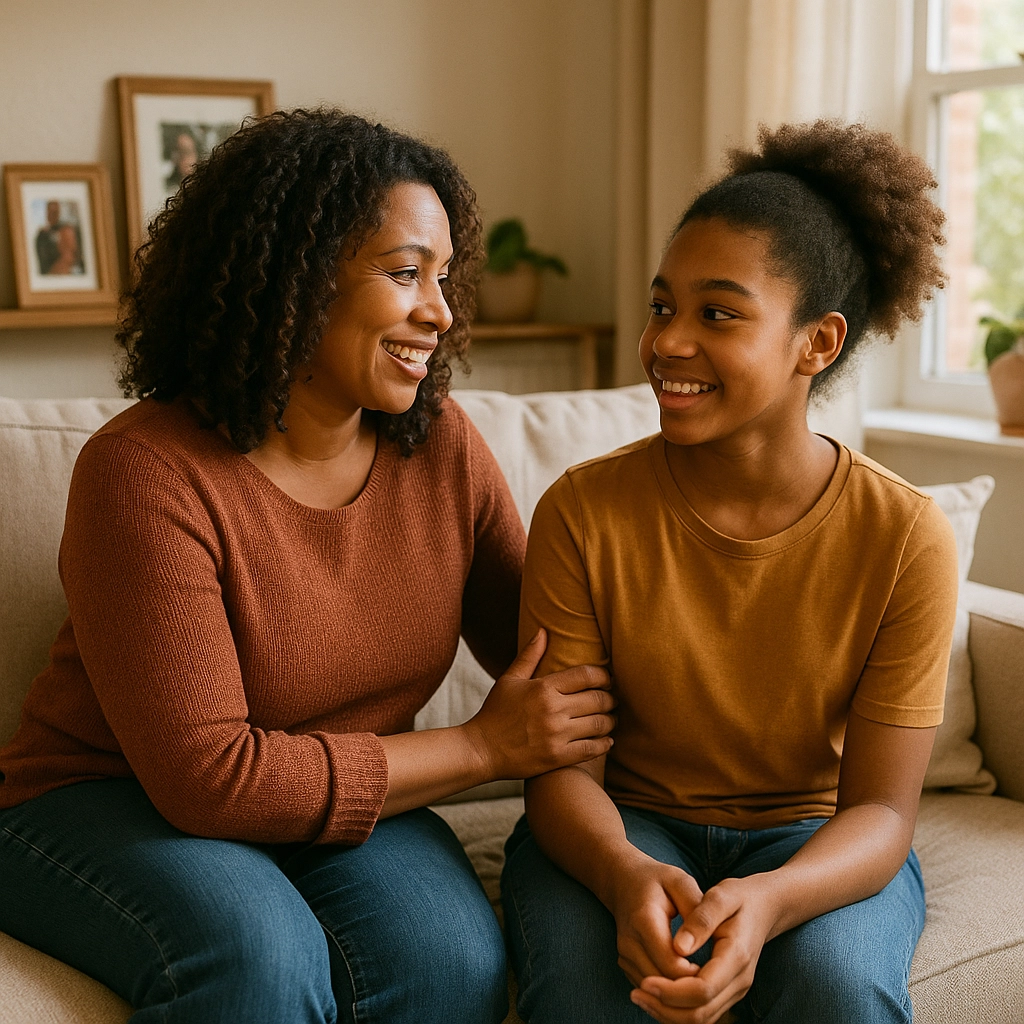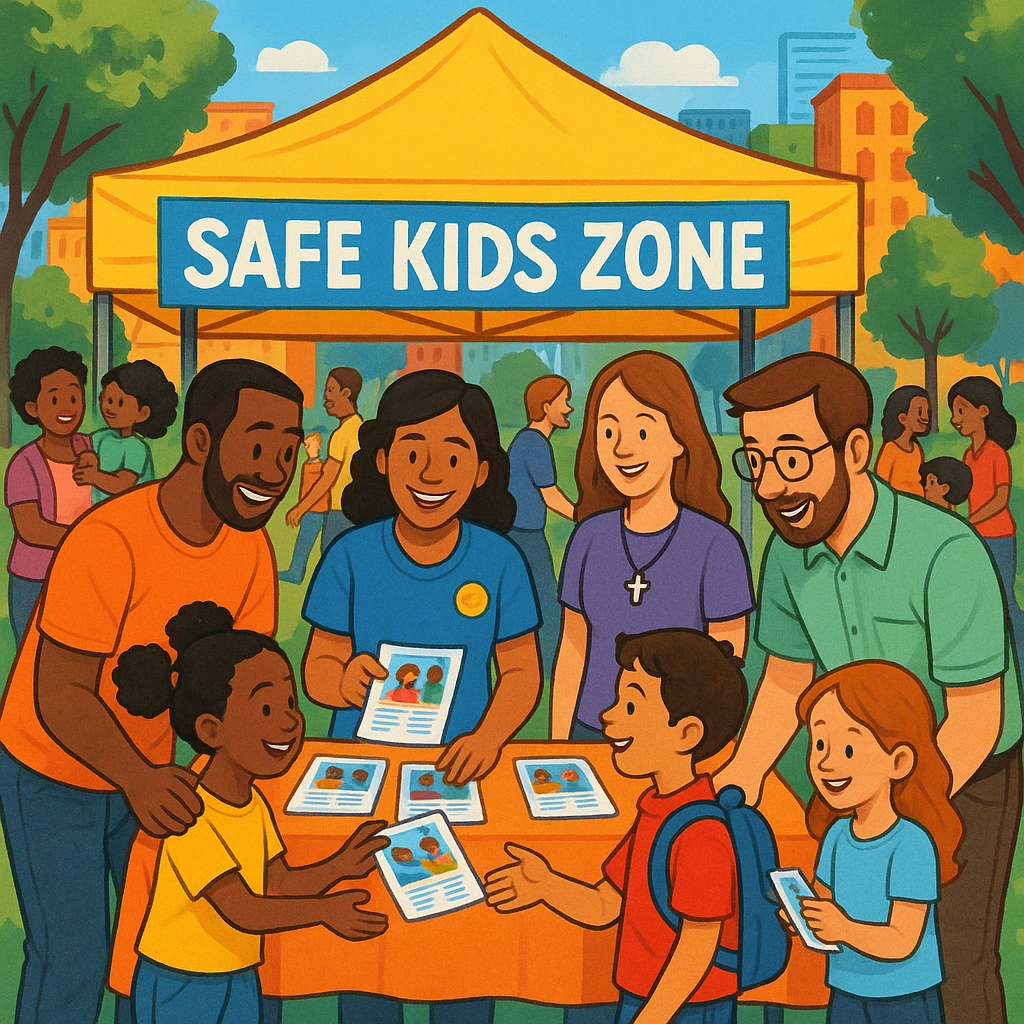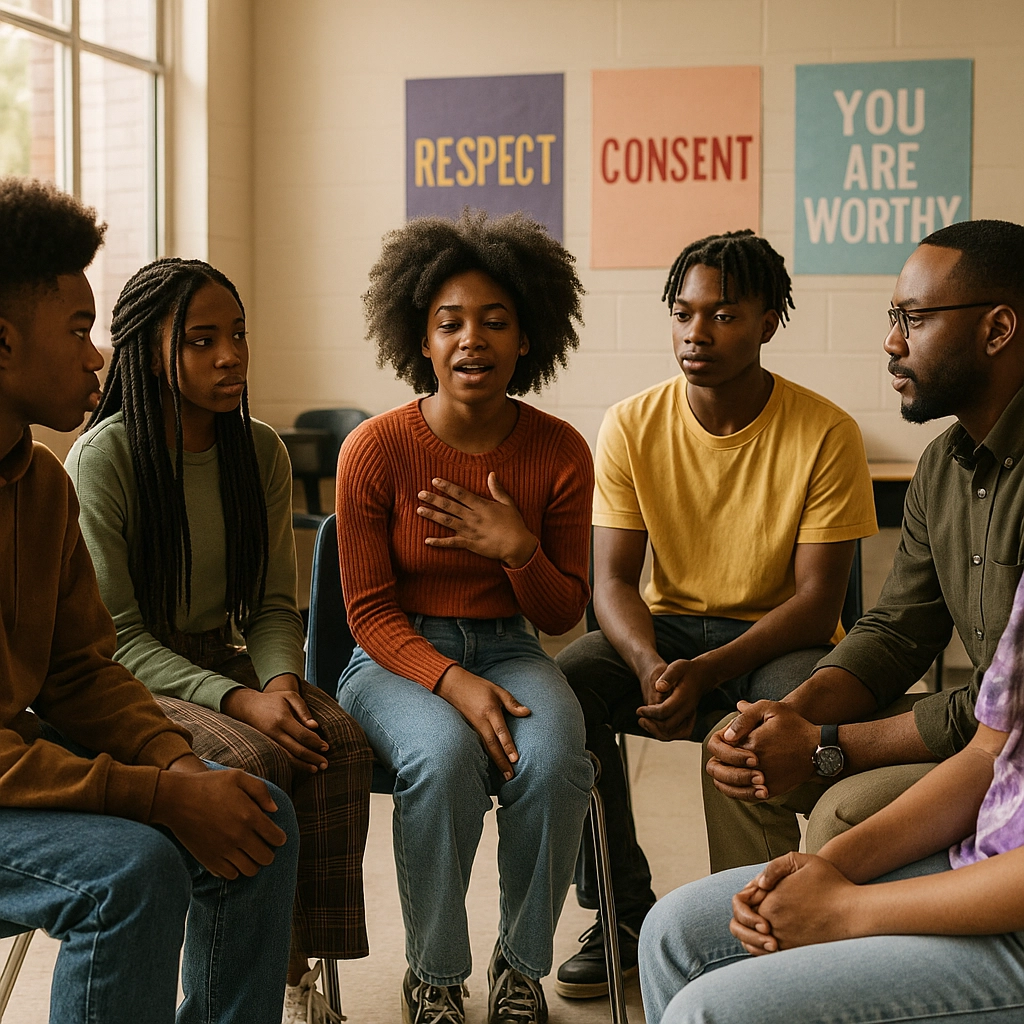The Myth: Fear is Enough to Stop Predators
There’s a common assumption that harsh jail sentences or strict parenting will keep abusers and predators at bay. The truth is much more complicated. Most predators aren’t walking around gripped with fear over a possible prison sentence. In reality, their biggest fear is getting exposed—having their behavior brought into the light by a child who knows when (and how) to say “No,” by a parent who recognizes the signs, or by a community that shifts from silence to action.
At SHE Private Investigations & Consultants Group, we know genuine child safety is built on awareness, education, empowerment, and exposure―not just fear or barriers. Let’s break down what truly works to protect our kids and communities.
Why Fear-Based Protection Falls Short
For generations, many parents and caregivers have defaulted to a “lock it down” approach: restricting independence, relying solely on external rules, or sticking to scary warnings about “bad people.” While well intended, research shows fear-based parenting or protection actually increases anxiety and can leave children less prepared for real-world risks.
Living in constant fear teaches children to distrust their own instincts. It can lead to:
- Anxiety and low self-confidence
- Difficulty setting boundaries or speaking up for themselves
- Reliance on adults for every tough decision
When kids only hear “don’t do this” or “watch out for that,” without real explanations or education, we create a generation that’s scared to act, rather than empowered to protect themselves.
What Really Scares Predators: Education, Exposure & Empowerment
Predators look for silence and secrecy. What they truly fear? Kids and adults armed with knowledge, equipped with communication skills, and supported by proactive communities. Here’s how we can put those powerful tools into practice:
1. Awareness: Naming the Problem and Talking Openly
- Speak about grooming—not just “stranger danger.” Abuse is almost never committed by a stranger in a dark alley; it’s more often someone close to the child. Talk openly about what grooming looks and sounds like.
- Use the real names for body parts. This gives kids clear language and removes shame from the conversation.
- Encourage open communication. Let your child know they can bring up anything, anytime, without fear of punishment or embarrassment.

When families and communities talk honestly about these issues, it removes the secrecy predators rely on. A lack of taboo is step one in effective prevention.
2. Community Action: Building Layers of Protection
- Vetting matters. Don’t just assume people are safe because they have a clean record. Volunteers, coaches, and mentors should be carefully screened and monitored—no exceptions.
- Create kid-friendly reporting systems. Kids should know who to turn to, how to communicate concerns, and that reports will be taken seriously—every single time.
- Train adults to spot warning signs. Make it everyone’s responsibility—not just the principal’s, not just the detective’s, and not just the parent’s.

When schools, churches, and organizations refuse to sweep abuse under the rug, predators are put on watch. Silence shields abusers; community vigilance shields children.
3. Empower Survivors: Educate, Listen & Support
- Knowledge is power. Teach kids about healthy relationships and red flags. Remind them abuse is never their fault—even if it comes from someone they trust.
- Support, don’t shame. Amplify survivor stories and make sure kids know that speaking out is celebrated, not punished.
- Train for resilience. Help children build skills to navigate peer conflicts, set boundaries, and recognize manipulative behavior.

Empowered youth and survivors break the cycle of secrecy and silence. As Dr. Chandra Cleveland emphasizes, the most effective kind of protection is proactive, not reactive.
4. Visibility: Make Consent & Boundaries the New Norm
- Talk about consent from toddlerhood, onward. “You don’t have to hug anyone you’re uncomfortable with.” “Your ‘no’ is important and will always be respected.”
- Model healthy boundaries as adults. Show kids what respect looks like in word and action.
- Share stories. When survivor experiences are honored and safe spaces are celebrated, it shows predators their tactics won’t work here.
When we bring conversations about safety, autonomy, and respect into the open, we make it clear: This community protects its own.
5. Healthy Exposure: Build Real-World Resilience
Being protected doesn’t mean never facing a challenge. In fact, research shows that controlled, age-appropriate exposure to challenges (like new experiences, reasonable risks, and conflict resolution) builds children’s internal “danger radar”—their ability to assess situations, speak up, and recover from setbacks.
- Let kids solve problems. Step back sometimes; don’t rescue from every minor upset.
- Encourage friendships and peer support circles. These are essential for developing confidence and social skills.
- Let them get dirty and make mistakes. It’s how real-world learning happens!
6. Holistic Protection: The Parent & Community Role
Adults must be equipped, too. That means:
- Educating yourself about the realities—not myths—of abuse and abusers
- Staying aware of what’s happening in your child’s environment (online and offline)
- Building networks of support with other parents, schools, faith groups, and trusted organizations
If you want resources on risk reduction, identifying warning signs, and building a protective plan, contact Chandra Cleveland or check out SHE Private Investigations & Consultants Group’s services for community training, advocacy, and more.
Why This Works: Long-Term Protection, Real Confidence
When we teach, expose, and empower, we do more than just scare off a few predators—we change the entire dynamic. Instead of raising children who wait for someone else to keep them safe, we raise children (and families) who:
- Know their rights and their boundaries
- Feel comfortable saying “NO”
- Recognize manipulation or inappropriate situations
- Speak out before abuse can be hidden
- Grow up confident, assertive, and connected
This approach doesn’t just work for one child, one family, or one school. It lifts up entire communities. As we all become educators, supporters, and allies, we dismantle the secrecy and silence that lets abuse flourish.
Join Us: Let’s Make Noise, Not Just Laws
Predators thrive on communities that don’t talk. That ends with us. Our voices, vigilance, and education are louder—and far more powerful—than fear alone.
♻️ Share this message to empower your network, uplift your church or school, or spark a conversation with your own family.
🛡 Want even more tips, classes, or advocacy support? Follow Dr. Chandra Cleveland here or sign up for a Catfight Class to equip your family with the latest in real-world preparedness.
Let’s not just protect our kids with laws. Let’s protect them with truth, action, and strength—together.
Looking for support or want to get involved? Visit SHE Private Investigations & Consultants Group to learn more, access free resources, or connect with a compassionate expert today.
